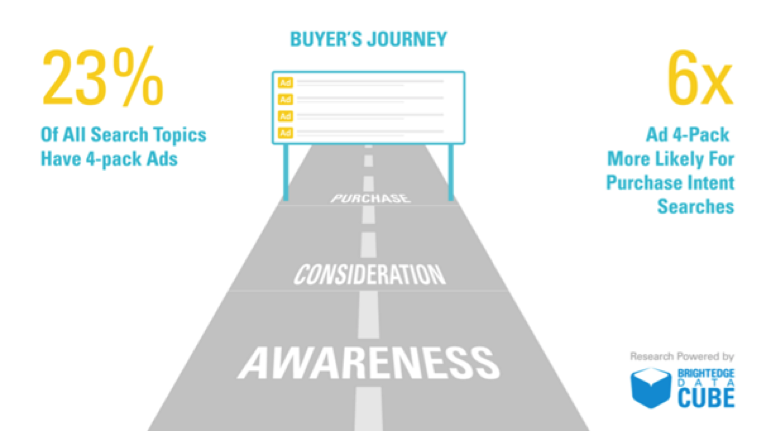
The world of SEO continues to change at lightning speed.
Customer usage and expectations, not to mentionGoogle’s algorithm updates, keep us marketers continuously making adjustments.
Complacency will easily destroy your rankings, and this will be dangerous for any business interested in surviving in modern marketing.
Considering that 93% of online experiences begin with search, prioritizing the latest best practices in digital marketing and optimization will be critical to the success of any website.
As we prepare to head into Q4 2016, it is a good idea to look at the trends and developments that we have seen throughout this year to start to understand where we are likely heading next.
Here are a few trends that we singled out as being particularly important as we prepare or 2017…
Schema
Using a schema markup is becoming increasingly important with changing Google and user trends.

Schema makes it easier for search engines to understand your site, thereby helping to ensure that it is displayed correctly. Schema can also be particularly helpful when Google decides to display rich answers, such as Quick Answers or a Rich Card.
Google likes to display answers that make it easier for users to find what they are looking for. Currently, rich snippets are displayed for recipe and videos, AMP articles, local businesses, music, reviews, and TV & movies. Although this may change in the future, using the schema helps to ensure that your site is always ready.
Google has also been increasing its usage of Quick Answers, growing from just over 22% in December 2014 to over 40% by the beginning of 2016. Schema can help make the purpose and content of your site clear, so your text is more appealing for a snippet boxes.
Of course, we can not neglect the trends of SEO 2017 without talking about RankBrain and artificial intelligence.
Since this machine learning is now Google’s third most important ranking factor, brands need to make sure their sites are easy for a machine to interpret. Schema can help make this a reality. As artificial intelligence is likely to grow in the future, using schema now can keep your site prepared for whatever the future brings.
Hybridization and breaking down barriers
As users become increasingly sophisticated online and the demands of digital marketing draw professionals closer together, it is clear that the brands maturing in modern marketing break down the silos that separate their digital marketing departments.
Mobile users access their email messages, desktop users redeem social media coupons, and those clicking on your PPC ads expect a consistent user experience with what they had when they landed on your site through organic.
To reach these customers, an estimated 80% of digital marketers worldwide expect to be running hybrid campaigns, and professionals need to be prepared for these changes.
To make sure your team is on board:
- Host trainings where you help members of different teams get to know each other’s goals and strategies
- Create collaborative projects where members of different teams come together for joint goals
- Develop common documents between the different teams that define vocabulary, expectations, and roles so that everyone can communicate effectively
Changes on the SERPs
Google has been experimenting this past year with the SERPs. Specifically, they have been increasing the number of characters allowed in some of the meta descriptions and titles.

This trend can be a challenge for marketers to take advantage of because they have not been rolled out to all websites, nor has Google announced that they are permanent.
For the sites that do receive the extra real estate, however, there are great opportunities for including more keywords and more compelling descriptions to help attract people to the website.
To take advantage of these developments, you should consider:
- Continuing to use your main keyword at the beginning of your title and meta description in case you are restricted to the original character limits
- Using the extra space to expand your description
- If your meta descriptions are less than 100 characters, increase them to avoid having your description get buried with the new longer limits



No comments:
Post a Comment